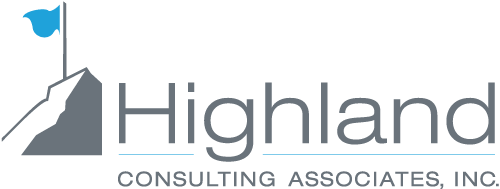The Power of the PENsion: Understanding the Costs

What’s the cost of providing a defined benefit pension plan? Beyond employer contributions, when determining costs, we consider custody, asset management, and consulting fees. These fees vary depending on the management of the plan and whether it is active or passive.
Active management employs professionals who actively buy and sell investments on behalf of the pension fund, with an intent of earning a better return than a given benchmark. Managers may also buy and sell to accomplish other pension plan goals involving risk parameters or other objectives.
Passive management, on the other hand, involves investing as closely as possible to a given market index with an objective of matching the index return. Actively managed plans seek to exceed market returns, while passively managed plans seek to meet an average return.
In Highland’s experience, for a pension plan sponsor with $30 million in plan assets, an active plan would incur a total average annual cost of 0.51% or $153,000. As you might expect, a passive plan would incur a lower average annual cost of 0.27% or $80,250. Generally, active managers will have to outperform the benchmark index by more than their fees to add value to the plan.
As illustrated, the cost of a pension plan (particularly if its returns exceed its fees), might be considered minimal in light of the benefit it provides to employers as a tool to attract, retain and reward talent. But these entirely employer-paid plans have fallen out of favor, particularly in the private sector, since the Revenue Act of 1978 introduced what we now know as 401(k) plans. Defined benefit plans have been considered costly to offer and manage compared to their defined contribution – 401(k) plan counterparts.
However, recent research from the National Institute on Retirement Security, has offered an opposing view finding that “a typical pension has a 49% cost advantage as compared to a typical DC account, with the cost advantages stemming from longevity risk pooling, higher investment returns, and optimally balanced investment portfolios.”
There’s still power in the PENsion, and reasons to better understand the costs and rewards of providing a defined benefit plan to your employees. If you’d like to talk further about your pension plan and the fees associated with it, contact Mike Paolucci, mpaolucci@highlandusa.net or 440-808-1500.



